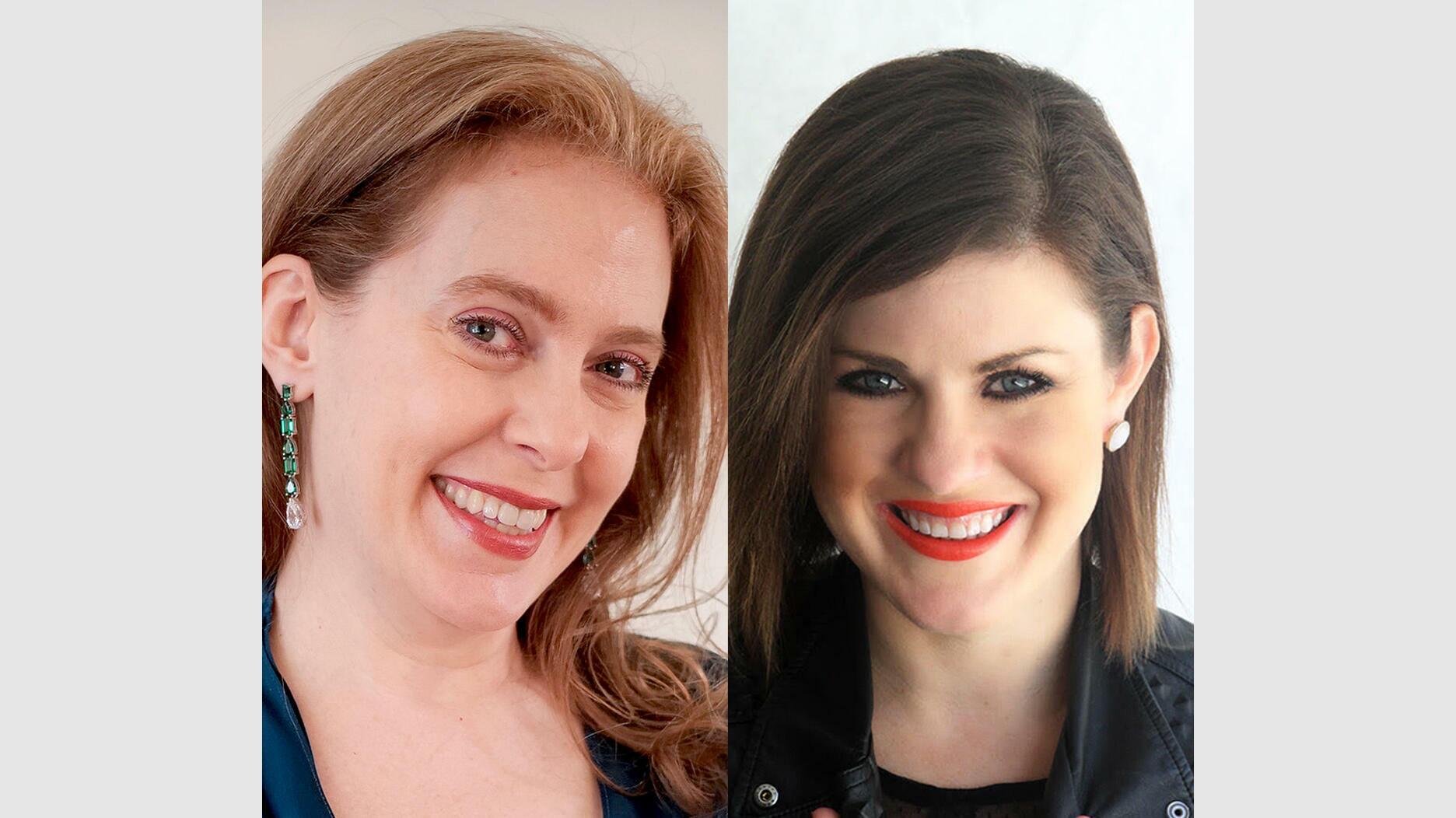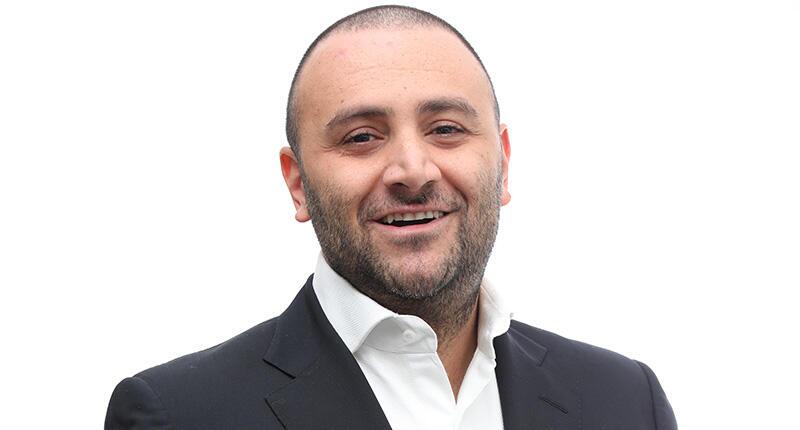Squirrel Spotting: The Art and Science of Customer Budgets
Peter Smith says customer budgets are rarely a true indicator of what they are willing to, or likely will, spend.

One of the questions we asked related to customers’ budgets. Specifically, we wanted to know how budgets came up in conversation and how often they were adhered to.
In short, we learned budgets are usually arrived at organically—as opposed to a customer being asked specifically—and once established, were rarely, if ever, adhered to.
As one salesperson said, “Once you get them emotionally engaged, price doesn’t matter.”
When I asked another top salesperson how often she exceeded the customer’s budget, she replied, “Every single time.”
If I didn’t already know these salespeople as top performers, I might have suspected a little self-congratulatory hyperbole afoot.
However, there was no doubting their pedigrees, and even if they engaged in some subtle rounding of the sharp edges (I mean, surpassing the budget every single time!), the pattern of exceeding budget was consistent across virtually all interviewees.
Naysayers might argue those salespeople are engaging in predatory practices, that they are cajoling and coercing their customers into spending more than they want to. Alas, the science suggests otherwise.
Whether it is offered or uncovered during the sales process, the budget is a function of a cognitive process; cool, calculated, and sober.
It lacks context beyond the most basic measures, and it is rarely indictive of what the customer is willing to spend, or likely will spend, unless they are underserved by a salesperson.
To a great extent, a customer’s budget expands commensurate with the level of their emotional engagement with the salesperson. It’s as if the customer is saying, “Here’s my budget, but feel free to inspire me.”
In “Handbook on the Psychology of Pricing,” Dr. Markus Husemann-Kopetzky wrote, “Higher prices induce consumers to perceive product quality as better during actual consumption.”
There have been numerous studies over the years, across myriad product categories, to support Husemann-Kopetzky’s hypothesis.
As one of the bridal interviewees suggested, “Customers want to be guided.”
The salesperson who uttered that beautifully uncomplicated, yet profound, opinion might have said, “Customers want to be guided by a competent salesperson, interested in delighting her customers, and inspiring them to higher ambition, and who recognizes the budget for what it is, arbitrary and devoid of context.”
Even the most jaded observers might concede the best salespeople have a way of working their way into the emotional fabric of their customer’s stories and, as such, succeed in influencing their buying behavior.
A Gallup study some years back concluded that emotionally engaged customers deliver a 23 percent premium over average customers. We see that reality play out consistently, thanks to top salespeople.
In “Brainfluence: 100 Ways to Persuade and Convince Consumers With Neuromarketing,” Roger Dooley wrote: “On one hand, we know that the pain of paying kicks in when people perceive that a product is overpriced and makes people less likely to make a purchase.
“But now we have multiple studies showing that people enjoy a product more when they pay more for it.”
The hypothesis naturally assumes that the product is, in fact, better quality, and that customers are not being asked to overpay for mediocre or subpar jewelry.
A wonderful vehicle to help increase sales is utilizing a combination of two principles: the paradox of choice and the contrast or anchoring principle.
Anchoring works by having three distinct price points within those three options.
One option should be at the stated budget, a second option should be twice the budget, and a third should be right between those two anchors.
Customers select the second option more than 60 percent of the time. In its most simplistic form, that is a 50 percent premium over the budget.
Accepting the customer’s budget as fact underserves the business and places unnecessary limitations on the customer’s ability and willingness to reach when they are moved to do so.
It also misses the underlying psychology of the joy customers experience when making an important purchase, the regret avoidance (not having to second guess the purchase) that comes with doing the right thing, and the added pleasure and enjoyment customers derive from buying exceptional quality.
When the perfumer Ernest Beaux warned Coco Chanel the amount of jasmine he was including in what became Chanel No. 5 would make the fragrance fabulously expensive, the soon-to-be fragrance and fashion icon responded, “In that case, add even more.”
I wonder how that worked out!
The Latest

Linda Coutu is rejoining the precious metals provider as its director of sales.

The Signet Jewelers-owned store, which turned 100 last year, calls its new concept stores “The Edit.”

The supplier has a curated list of must-have tools for jewelers doing in-house custom work this year.

How Jewelers of America’s 20 Under 40 are leading to ensure a brighter future for the jewelry industry.

Footage of a fight breaking out in the NYC Diamond District was viewed millions of times on Instagram and Facebook.


The governing board welcomed two new members, Claire Scragg and Susan Eisen.

Sparkle with festive diamond jewelry as we celebrate the beginning of 2026.

Roseco’s 704-page catalog showcases new lab-grown diamonds, findings, tools & more—available in print or interactive digital editions.

The master jeweler, Olympian, former senator, and Korean War veteran founded the brand Nighthorse Jewelry.

In its annual report, Pinterest noted an increase in searches for brooches, heirloom jewelry, and ‘80s luxury.

Executive Chairman Richard Baker will take over the role as rumors swirl that a bankruptcy filing is imminent for the troubled retailer.

Mohr had just retired in June after more than two decades as Couture’s retailer liaison.

Shekhar Shah of Real Gems Inc. will serve as president of the Indian Diamond & Colorstone Association in 2026.

This year’s good luck charm features the mythical horse Pegasus, and is our first Piece of the Week of the new year.

Articles about crime, engagement rings, and a necklace worn in the World Series generated the most interest among readers.

As part of the leadership transition, Sherry Smith will take on the role of vice president of coaching strategy and development.

It marks the third time the country has headed the Kimberley Process. Ghana will serve as vice chair.

The new Bulova x Stetson designs highlight two animals often associated with the American West—the bison and the Texas Longhorn.

Its residency at Yamron Jewelers will run through May 2026.

From influential executives to innovative designers, we pay tribute to the people we said goodbye to this year.

The retailer is expanding into areas with large Indian and South Asian populations.

The Italian brand has opened its first flagship amid the peaks of the Dolomites in Madonna di Campiglio, Italy.

The new curation at the Natural History Museum of Los Angeles County showcases rare gem and mineral specimens in their uncut, natural state.

The couple pleaded guilty to concealing at least $127 million in cash transactions at its precious metals businesses.

Consumers shared concerns about prices, inflation, tariffs, trade, and politics in the survey’s write-in response section.

In February 2026, the auction house will move its headquarters to the former Steinway Hall, a neoclassical landmark on Billionaires’ Row.

The new show will take place Jan. 23-25, 2026.





























